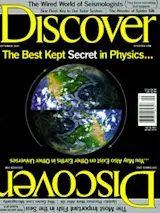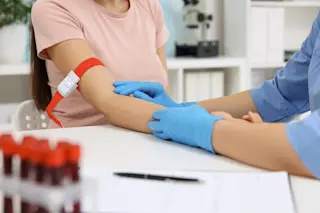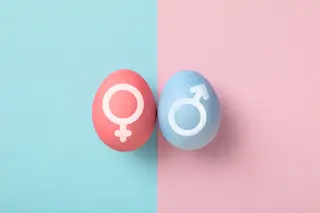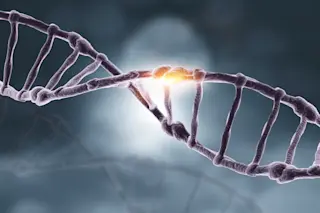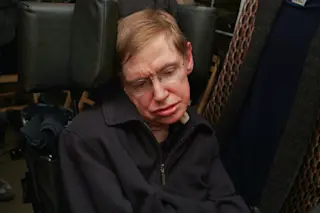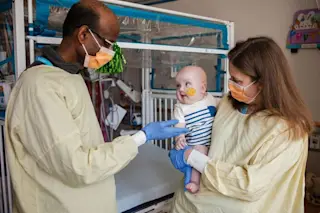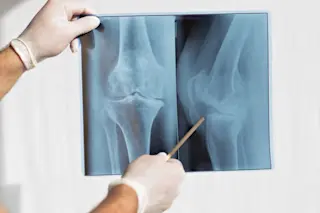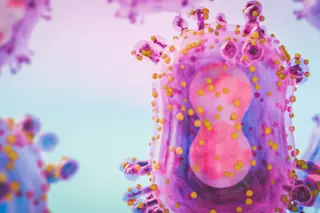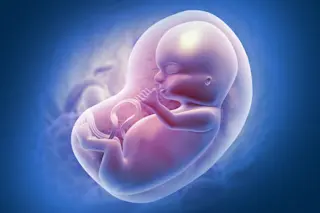In a typical September morning at the Kennedy Space Center in Florida, the humidity is high and rising. Researchers Timothy Hammond and Thomas Goodwin stare out the bank of windows in the Operations and Checkout building, doing their best to hide their anxiety. Some 8 miles ahead, the space shuttle Atlantis is on the pad, waiting for word from Houston that the launch can proceed.
On September 8, 2000, Atlantis blasted into space for mission STS-106, a two-week flight. One experiment on board proved that some genes respond vastly differently in space than in culture conditions on Earth.
Photograph courtesy of NASA
This launch is the second-to-last mission to the new International Space Station before the first full-time residents move in. The astronauts and cosmonauts plan to deliver supplies to the service module, install a toilet, and complete some electrical work. Media reports focus on the astronauts, but the duo ...


